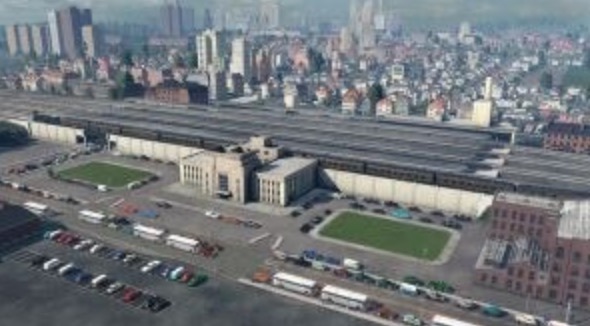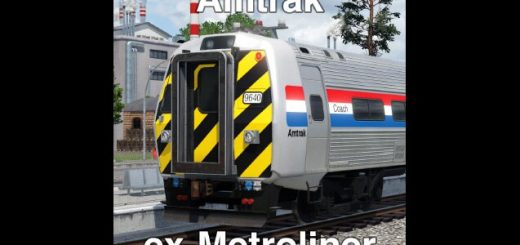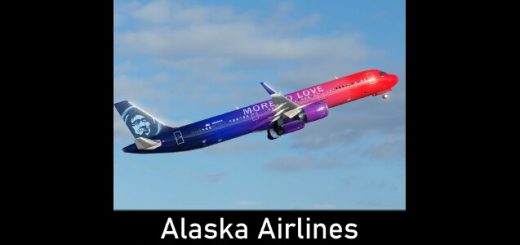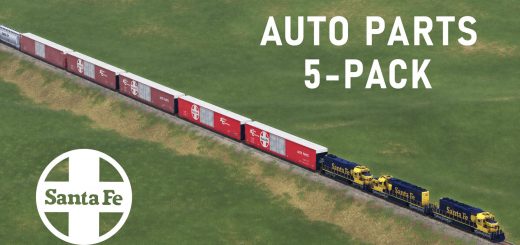Syracuse Station

Syracuse Station
Bring the golden age of railroading back with the shining 1936 New York Central Syracuse Station, just in time for the first all lightweight trains.
Context:
The art-deco passenger station, the third of ultimately four stations built by the New York Central Railroad to serve Syracuse, was built in 1936, when the railroad tracks that previously went through the city of Syracuse via Washington Street, at grade with pedestrians and automobiles, were elevated above city streets. Both the station and the new elevated route opened for business on September 24, 1936.
In 1962, after the purchase of the rail right-of-way near the 1936 passenger station by New York State for the construction of Interstate 690 necessitated usage of the old NYC freight bypass route for passenger trains through Syracuse, New York Central moved to a smaller “temporary” station near the freight yards in East Syracuse. The construction of the highway immediately behind the former station led to the demolition of all of its train platforms, with the exception of the one connected to the building and the one farthest from the building. The interior of the terminal was used as a Midtown Motors car dealership in the late 1950s to early 1960s. Greyhound continued to use it as a bus terminal from 1964 until a fire in 1996. Meanwhile, train service remained at the “temporary” East Syracuse facility well into the Amtrak era. Bus and train service were reintegrated in 1998 at the William F. Walsh Regional Transportation Center near the Regional Market, on the north side of Syracuse.
The passenger building was renovated from 2001 to 2003 by Time Warner Cable (now part of Charter Spectrum), both to serve as their main office for their central New York operations, and as the Syracuse bureau and studios for News 10 Now (now Spectrum News Central New York). It serves both roles today. (Writing and information courtesy of Wikipedia)
Use:
The station is intended to be above street level, and as a consequence a good portion has no collision to enable that feature. The options are largely self-explanatory.




